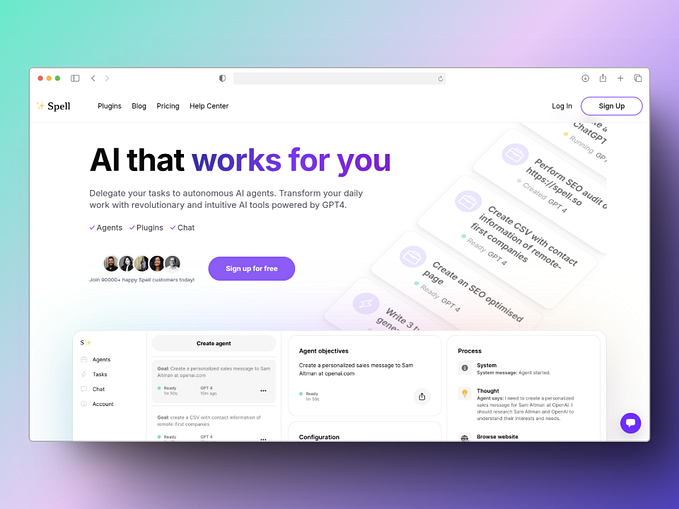10 Steps for a Perfect Privileged Access Management (PAM) Strategy

In today’s world, data breaches are almost always the result of compromised privileged credentials. According to a recent report by Centrify, 74% of data breaches involved privileged credential abuse.
Over the last few years, there have been many data breaches resulted from privileged access abuse. From the massive breach at the US Personnel Management Office and the Bangladesh Bank breach to the attack on the Ukraine power grid, Deloitte breach, and Uber breach, the common factor in each attack was the exploitation of privileged credentials to execute cyberattacks.
That’s why the protection and management of these privileged accounts has become crucial.

Enterprises are now increasingly embracing Privileged Access Management (PAM) solutions to manage and secure their privileged accounts and hence prevent data breaches and create a formidable competitive advantage over their peers.
However, many organizations struggle to take a proactive, holistic approach to privileged access management in order to be successful in their PAM implementation.
Here are 10 key steps to successfully implement a fully managed PAM strategy:
10 Steps to a Successful PAM Strategy

1) Accountability for Privileged Passwords
Improve accountability for privileged passwords using a password vaulting approach that automatically identifies and onboards accounts and rotates their passwords. This relieves IT teams from manually intensive, error-prone administrative processes to rotate and update privileged credentials. Moreover, with passwords having a shorter lifecycle, users will never know account passwords at any given time.
2) Implement Least Privileged Access
Give users only the least level of access or permissions they need to perform their regular everyday job duties. When a user requests access grants beyond their privileges, then those privileges should only be eased for the amount of time required to complete their task. However, the privileges must be revoked once their task is completed.
Moreover, implement the Principle of Least privilege to systems, devices, applications, and processes to allow users to perform an authorized activity.
3) Understand Application-level Vulnerabilities
Understanding application-level vulnerabilities help make better-informed privilege decisions. Include privileged access and application controls into your vulnerability management and risk assessments. So, if any application is at risk of real-world threats, malware, or a lack of security patches, these PAM policies can be enacted to mitigate these risks.
4) Consider Network Devices
While implementing PAM practices into their security posture, enterprises must always look beyond workstations and servers. Typically, network devices are configured to use default and shared account credentials, increasing the risk of exposure. Moreover, network devices have a very excessive password age, further increasing the risk of devices becoming compromised and exploited.
5) Secure Cloud
With organizations increasingly adopting cloud computing, bulk amounts of sensitive corporate data that used to be stored on-premises is now moving to the cloud. So, organizations must implement the same on-premises PAM principles to the cloud infrastructure. It includes account discoveries, least privilege, vaulting accounts, and auditing controls such as session recordings and keystroke logging.
6) Secure IoT Devices
According to a recent study, around 57% of IoT devices are vulnerable to medium- or high-severity cyberattacks. The most common attack on IoT devices is the denial of service attack. Therefore, organizations must implement an automated PAM solution to secure credentials on as many IoT devices as possible to reduce the attack surface.
7) Stop Embedding Credentials
Applications and websites often require access to internal resources and databases to query business-related information. To automate this communication process, application credentials are embedded in clear text within configuration files and scripts. However, administrators find it challenging to identify, modify, and manage these embedded credentials. Hence, the credentials are left unchanged to enable seamless business productivity. Though hard-coding credentials may make developer’s work easier, they can become an entry point for malicious actors. Having a good PAM policy will eliminate the use of hard-coded credentials.
8) Privileged Threat Analytics (PTA)
Privileged threat analytics is the process of monitoring users’ behavior and assessing the risks they pose to the organization based on their actions. Most modern PAM solutions employ Machine Learning (ML) to monitor user behaviors, assign a risk score, and send notifications to internal security teams when it detects a risky behavior that crosses certain threshold.
9) Integrating Privileged Accounts
Privileged account integration enables organizations to bridge the gap in user management between Unix and Windows based systems. Though many organizations leverage Microsoft’s Active Directory to manage enterprise user accounts, the Active Directory cannot manage user accounts beyond the Windows domain. To address this, organizations must implement an AD bridge that can integrate Windows and Unix accounts together so that users and accounts can be managed together.
10) Identity Stack Integration
Integrating the identity stack is about making an organization’s identity and access management tools, utilities, and services work in sync with each other. It involves integrating Multi-factor Authentication (MFA), Security Information and Event Management (SIEM), IT Service Management tools (ITSM), and Privileged Access Management (PAM) security solutions to work in tandem and tighten access controls, reducing an organization’s attack surface to the minimum areas as possible.
In Conclusion
Implementing these aforementioned steps can help minimize privilege abuse, but it isn’t going to be an end-all solution to security. With the increasing exploitation of privileged accounts, it is imperative for your organization to partner with cybersecurity solutions providers like StealthLabs to develop an even more advanced PAM strategy that establishes wider boundaries and creates an impenetrable defense.










